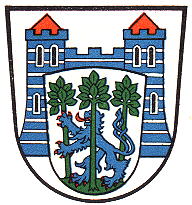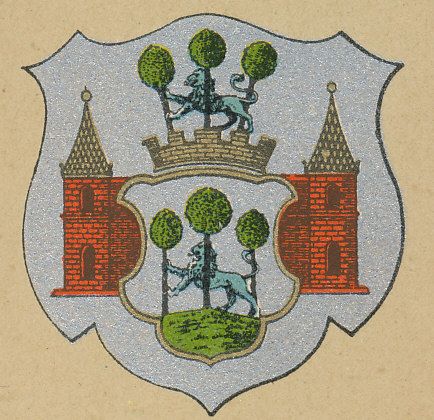Uelzen: Difference between revisions
Knorrepoes (talk | contribs) m (Text replace - "'''Origin/meaning :'''<br/>" to "====Origin/meaning====") |
Knorrepoes (talk | contribs) m (Text replace - "|width="15%"|50 px|right |}" to "|width="15%"|50 px|right |}<seo title="Wappen, Gemeindewappen" />") |
||
| Line 3: | Line 3: | ||
|width="70%" align="center" |'''Heraldry of the World<br/>Civic heraldry of [[Germany]] - [[Deutsche Wappen|Deutsche Wappen (Gemeindewappen/Kreiswappen)]]''' | |width="70%" align="center" |'''Heraldry of the World<br/>Civic heraldry of [[Germany]] - [[Deutsche Wappen|Deutsche Wappen (Gemeindewappen/Kreiswappen)]]''' | ||
|width="15%"|[[File:Germany.jpg|50 px|right]] | |width="15%"|[[File:Germany.jpg|50 px|right]] | ||
|} | |}<seo title="Wappen, Gemeindewappen" /> | ||
'''UELZEN''' | '''UELZEN''' | ||
Revision as of 18:44, 5 November 2012
| Heraldry of the World Civic heraldry of Germany - Deutsche Wappen (Gemeindewappen/Kreiswappen) |
UELZEN
State : Niedersachsen
District (Kreis) : Uelzen
Additions : 1972 Groß Liedern, Halligdorf, Hambrock, Hansen, Hanstedt II, Holdenstedt, Kirchweyhe, Klein Süstedt, Masendorf, Mehre, Molzen, Oldenstadt, Riestedt, Ripdorf, Tatern, Veerßen, Westerweyhe, Woltersburg
Origin/meaning
The arms were granted in 1951 and combine elements of the older seals and arms of the city.
Uelzen became a city in the early 13th century and the oldest seal dates from 1240. It shows a three-towered gate. In 1266 the city used a seal with a gate and the lion of the Welfen dynasty. The next seal showed a lion on each of the two towers of the gate. Around 1600 a lion between two trees appears in a shield on the secret seals. These were canting, as the name at the time was Löwenwalde (lion-wood).
The present arms thus combine the gate with the arms from 1600.
| The arms as shown in 1891 |
The arms as shown around 1940 |
| The arms in the Kaffee Hag albums +/- 1925 |
Literature : Stadler,1964-1971, 8 volumes; Kaffee Hag picture albums, 1920s; Ahrens, 1891; Rühl, 1940




